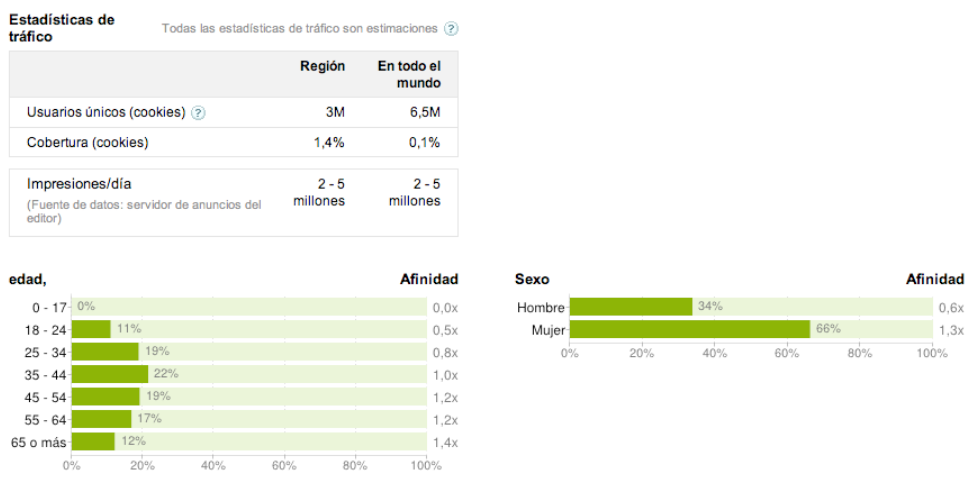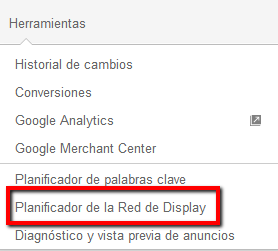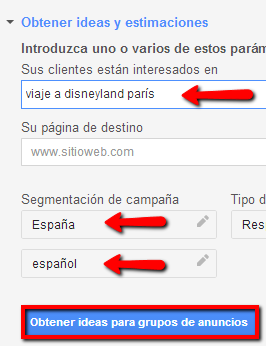Written by Merche Martínez
Índice
What is the target?
The target is our target audience, i.e. the potential consumers of our 
When we undertake a business project, one of the first points to take into account is to define who our product or service is aimed at. Obviously you could try to reach the entire public, but it is complicated to make a product or service that interests the entire public.
To see it more clearly I give you an example, Laura is a young hairdresser of 30 years old who has decided to start a hairdressing salon. When Laura considers embarking on this business venture, one of her first decisions is whether her clients will be women, men or both. Laura has no experience in men’s haircuts, so she focuses on women. Among women, there are several age ranges: girls, young women, adults and older women. At this point Laura decides that her innovative style is aimed at young women and adults. Once the age range has been decided, it is time to consider where to look for the venue. Laura, who is smart, is thinking of locating in a middle/high class neighborhood where the price of her services can be higher if she positions herself as the reference hairdresser in the neighborhood, where young girls and their mothers go.
Types of customers
Once we have decided who our target audience is and have set up our business we can divide our customers into several groups.
Prescribers
These are customers who are satisfied with the product or service and advertise it free of charge and spontaneously to their circle of acquaintances.
Decisors
They are the people with the power to decide whether to buy the product or service. Continuing with the previous example, if a 14-year-old girl wants to have a modern hairstyle, it will be her mother who finally accepts and pays for the service, so the mother is the deciding customer.
Consumers
Consumers are regular customers who consume the product or service on a regular basis, but they do not necessarily have to be prescribers.
Sociodemographic traits
Our target audience will be encompassed under specific socio-demographic traits. For example, a travel agency offering a trip to Disneyland Paris will target parents with young children.
In this way we can define the user profile to get as close as possible to our end customer.
Define target with Google AdWords
Until recently Google offered us the Google Ad Planner tool to study the target of the users of a website. We obtained data such as gender, other websites visited and the list of interests of the audience that had visited a particular site.
Now Google offers us some of these functionalities within Google AdWords, in what they call DoubleClick Ad Planner. We can find it within the Google AdWords tools and to do so we must select in the main menu the option “Display Network Planner“.
We can enter the terms with which our customers will search for the product or service we offer. For the example of the travel agency offering a trip to Disneyland Paris and assuming that potential customers will use the search term “trip to Disneyland Paris”, we select the country from which the search will be performed and the search language.
The Google AdWords Display Planner returns very useful information about the users who have made these searches in the last months.
On the one hand, we know that of the 79% of the searches, 43% were carried out by both men and women between 25 and 44 years of age. This data fits the profile of parents of families with children. With respect to gender we see that there is no predominant gender, so our target is composed of both women and men. And finally, this tool offers us a very interesting piece of information such as the type of device from which the search was performed. In this case, 50% were made from cell phones.
This information is very useful in deciding how to deliver our product or service to our target audience. What are you waiting for to use it?



